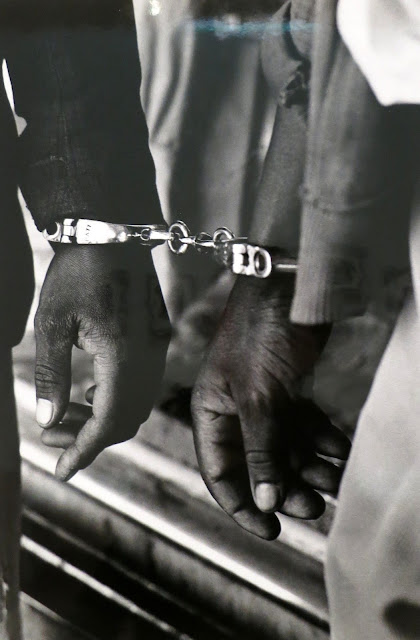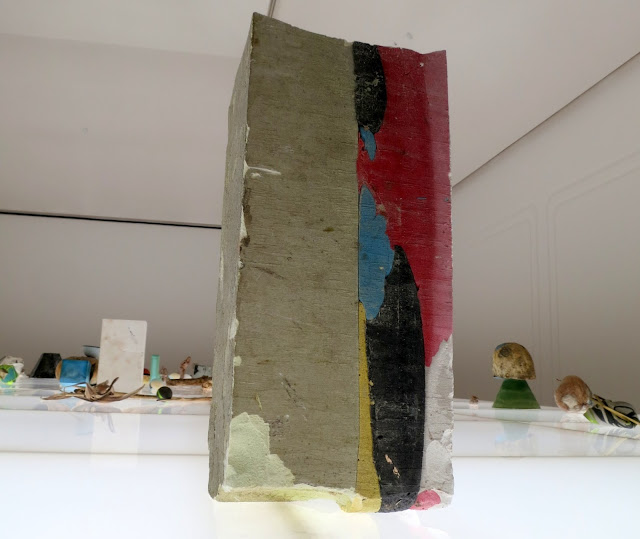Ernest Cole at Moderna Museet, Stockholm.
Ernest Cole grew up in a neighbourhood on the outskirts of Pretoria. His classification as coloured, rather than black, was a crucial distinction in the apartheid system of South Africa at that time. It meant he had more freedom to go where he wanted and take freelance assignments as a photographer for various magazines and newspapers.
In the early 1960s he started documenting the life of the black population under racist segregation. He was inspired by Henri Cartier-Bresson and his book about people in Moscow. This project eventually resulted in the book House of Bondage, published in 1967, portraying, amongst other things, the harsh existence of miners, the constant passport controls, the long and tiresome commutes, the black servants in white households, the street children - the Heirs of Poverty, as Cole called them.
Cole had to leave South Africa in 1966 so that he could publish his book. It was immediately banned in his home country, forcing him to live in exile for the rest of his life. He settled in Europe for a few years, but eventually ended up in New York, where he lived until his death.
The photographs we saw are stunning and they give a powerful picture of what it was like in South Africa under apartheid. I'm sorry that my photographs of the photographs are not of better quality, but it's difficult photographing images that are behind glass.






















































